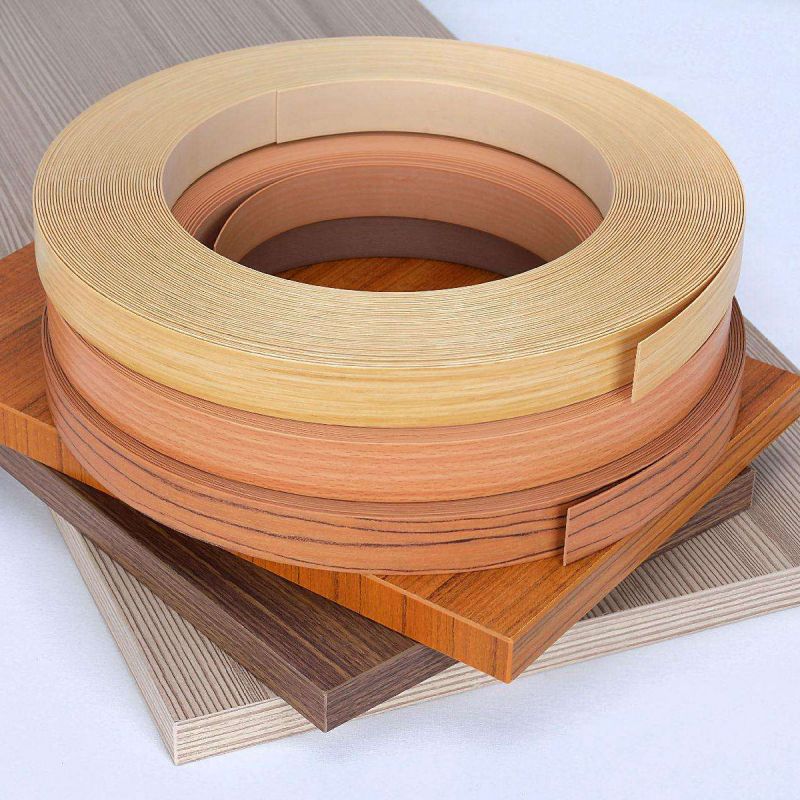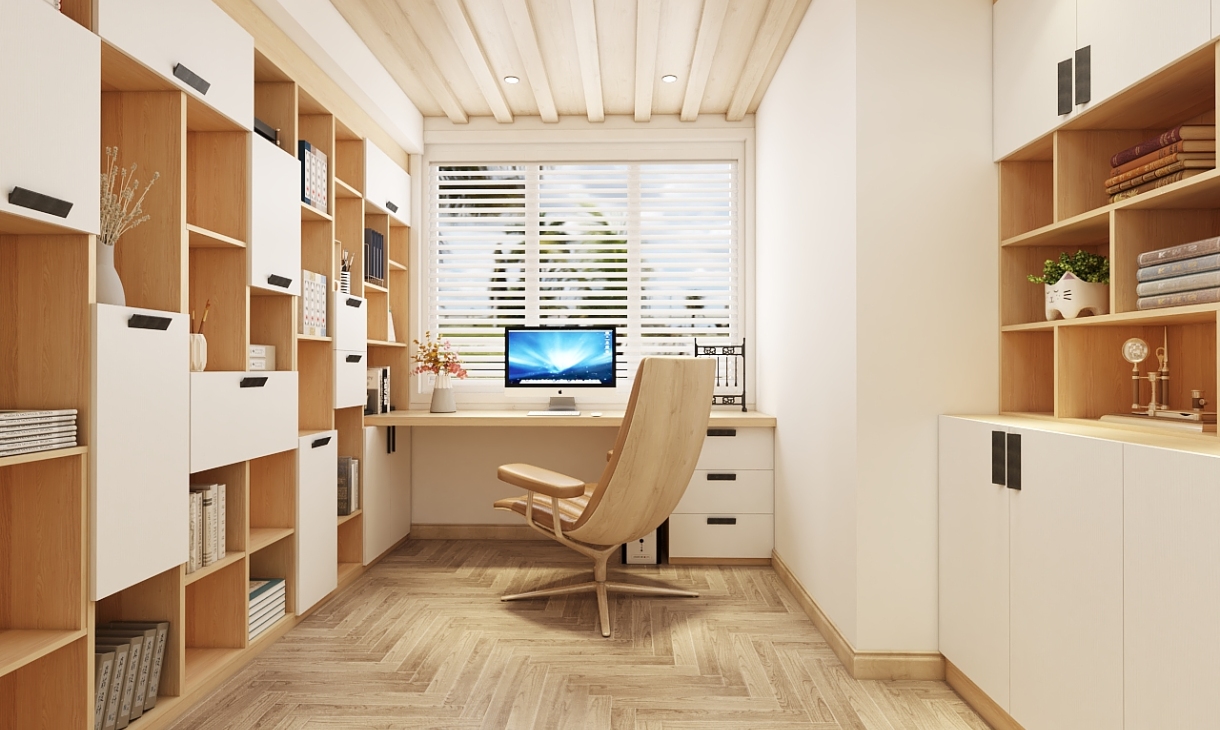PVC edge banding has been a popular choice for finishing edges of furniture and cabinetry for many years. It is known for its durability and ability to withstand everyday wear and tear. But is PVC edge banding really as durable as it claims to be?
To answer this question, we need to first understand what PVC edge banding is and how it is made. PVC edge banding is made from a plastic material called polyvinyl chloride, which is known for its toughness and resistance to chemicals, weather, and impact. It is manufactured through a process called extrusion, where the PVC material is melted and shaped into a continuous profile that is then cut to the desired width and thickness.

One of the key factors that determine the durability of PVC edge banding is its thickness. Thicker edge banding is inherently more durable and less prone to chipping or cracking than thinner edge banding. Many manufacturers offer PVC edge banding in different thicknesses to meet the diverse needs of furniture and cabinetry projects.
Another factor that contributes to the durability of PVC edge banding is its UV stability. PVC edge banding that is designed to be used in outdoor applications or in areas with high exposure to sunlight needs to have good UV stability to prevent fading and degradation over time. High-quality PVC edge banding is formulated with UV stabilizers to ensure long-term color retention and resistance to weathering.
In addition to thickness and UV stability, the adhesive used to bond PVC edge banding to the substrate also plays a critical role in its durability. A strong and reliable adhesive is essential for ensuring that the edge banding stays firmly in place and does not peel off or come loose with use.

When properly applied and maintained, PVC edge banding can indeed be very durable and long-lasting. It is resistant to moisture, chemicals, and impact, making it suitable for use in a wide range of applications. However, it is important to note that like any other material, PVC edge banding also has its limitations and is not immune to damage. Improper installation, exposure to extreme conditions, and rough handling can all contribute to the premature failure of PVC edge banding.
It is also worth mentioning that advancements in technology have led to the development of enhanced PVC edge banding products that offer even greater durability and performance. For instance, some manufacturers have introduced PVC edge banding with antibacterial properties, making it ideal for use in healthcare and food service environments where hygiene is a top priority.
The durability of PVC edge banding depends on various factors, including its thickness, UV stability, adhesive quality, and the specific application it is intended for. When choosing PVC edge banding for a project, it is important to carefully consider these factors and select a high-quality product that meets the requirements of the application.
PVC edge banding can be durable when used and maintained correctly. Its resistance to moisture, chemicals, and impact makes it a popular choice for finishing furniture and cabinetry. As with any other material, proper installation and care are essential for maximizing the longevity of PVC edge banding. With the right product and attention to detail, PVC edge banding can provide a reliable and attractive edge finish for many years to come.
Mark
JIANGSU RECOLOR PLASTIC PRODUCTS CO., LTD.
Liuzhuang Twon Industrial Park, Dafeng District, Yancheng, Jiangsu, China
Tel: +86 13761219048
Email: [email protected]
Post time: Mar-07-2024



















